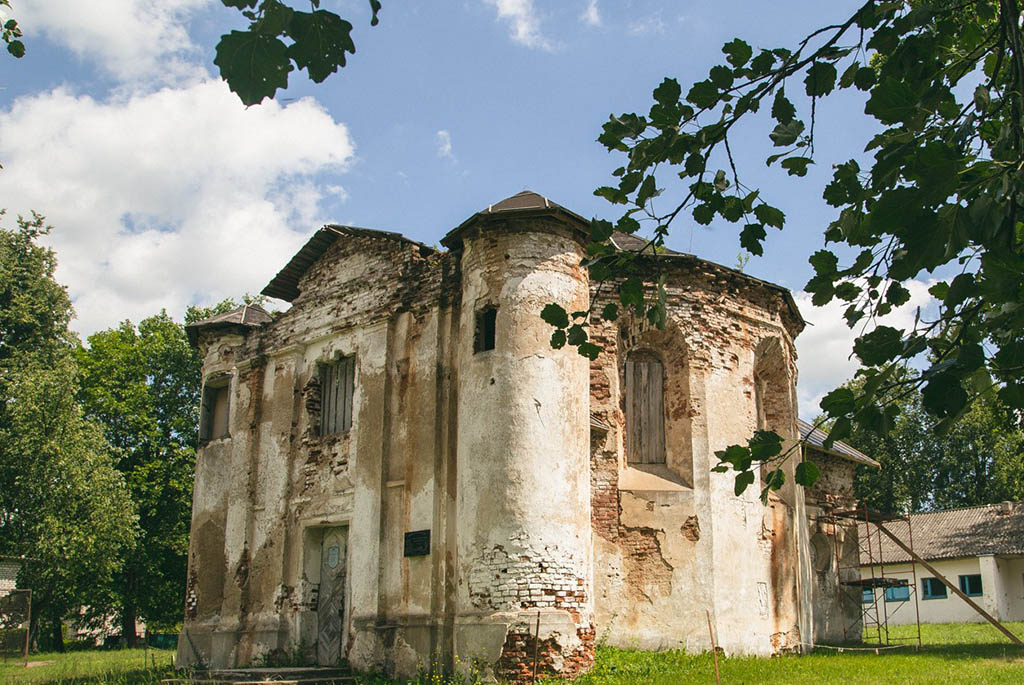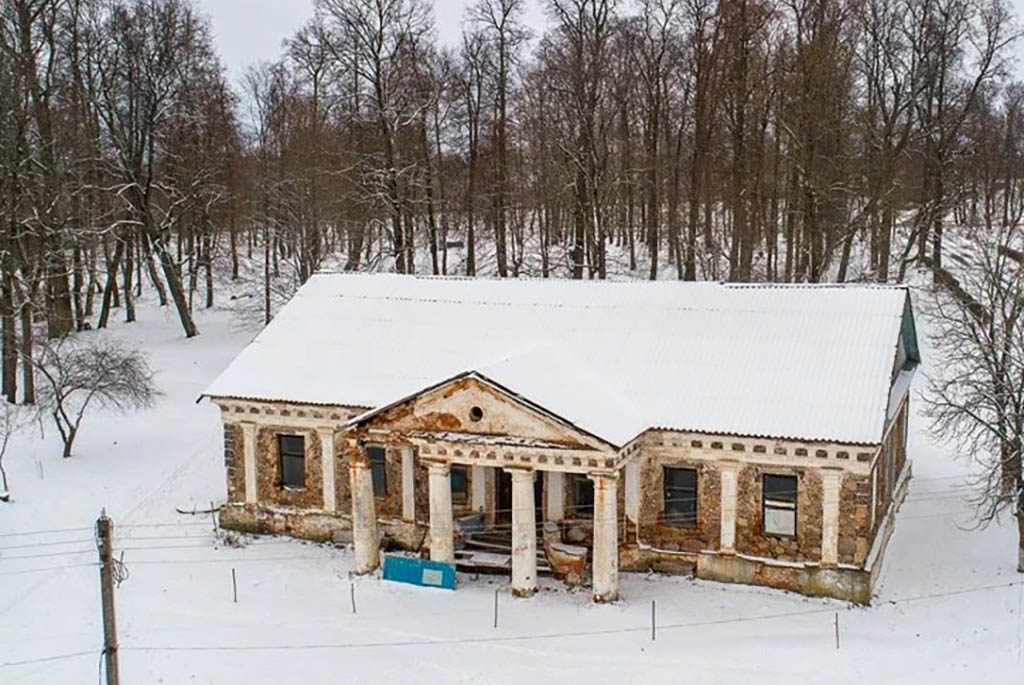In the 16th century, Kukhtichi was owned by the Kovechinski brothers - Matei, Hector, and Albrecht. Matei Kovechinski was a Calvinist and had close ties with Prince Nikolai Radziwill the Black, who also supported the ideas of Protestantism. After the death of Nikolai Radziwill, his son, a fervent Catholic, closed the Calvinist printing houses in Nesvizh. Following this, the Kovechinski brothers opened a printing center in Kukhtichi, where later Symon Budny printed his "Catechism" - the first book in the Old Belarusian language published in Belarus.

By the mid-16th century, Kukhtichi was a religious and educational center of Protestantism. A Calvinist cathedral was built here, which later became Catholic. The structure was defensive in nature, evidenced by towers equipped with loopholes and impressive walls half a meter thick.
By the end of the 17th century, the estate came into the possession of the Zavisha family. Under General Kazimir Zavisha, chamberlain to August Poniatowski, the Kukhtichi estate flourished. In the early 19th century, on his initiative, a neo-classical style house was built, inviting the Italian architect K. Spampani to Kukhtichi.
The manor house consisted of a central building and two wings connected by galleries. The centerpiece of the main building was a ballroom with large window openings. The interiors were adorned with stucco moldings, oak panels, and furnished with expensive antique furniture. A picturesque alley leading to the main entrance passed through the entrance gates. A park was planted around the estate, serving as a place of relaxation for guests and owners. On the estate grounds were barns, stables, a water mill, and a greenhouse with exotic plants. An impression of the Zavisha house during its prime can be gained from the works of Napoleon Orda.

The Calvinist church was converted by the estate owners into a family tomb. A cubic apse was added to the rotunda, two round towers to the main facade, and a bell tower above the entrance. The stern exterior of the building was adorned with decor, and the entrance was decorated with a heraldic cartouche. A crypt-tomb was placed under the altar.
After the death of Kazimir Zavisha, the estate passed by inheritance to his daughter and then to his grandson Jan Kazimir - a renowned ethnographer and archaeologist. The last owner of the Kukhtichi estate was Jan Kazimir's daughter Maria Magdalena. She engaged in patronage, educational activities, and helped those in need. After World War I and the rise of the Bolsheviks, the widowed Maria Magdalena left her ancestral estate forever and moved to Europe.
Current State of the Zavisha Estate
During the Soviet era, a settlement named Pervomaisk formed around the Zavisha estate. In the 1970s, a vocational-technical school was opened on the estate grounds. Now, this territory belongs to the local agricultural lyceum. The estate complex is protected by the state as a historic and cultural value.

The central house of the estate has not survived; only two wings remain, both in a state of disrepair. Next to the left wing, which was used as a residential house for a long time, a small tractor technology museum was opened in 2020.
From the estate buildings, the following have survived:
- A mill, which externally resembles the ruins of an ancient castle.
- The stables building – after partial reconstruction, it is now used for the needs of the lyceum.
- The building of the Calvinist cathedral, which later became a tomb.
The Zavisha Estate is located 70 kilometers from Minsk. On the way to Pervomaisk, it's important not to confuse the settlement with the nearby village of Kukhtichi. If you're traveling around the Uzda district, also visit Uzda itself to see the unique Zavisha chapel-tomb, built in the shape of a pyramid.
